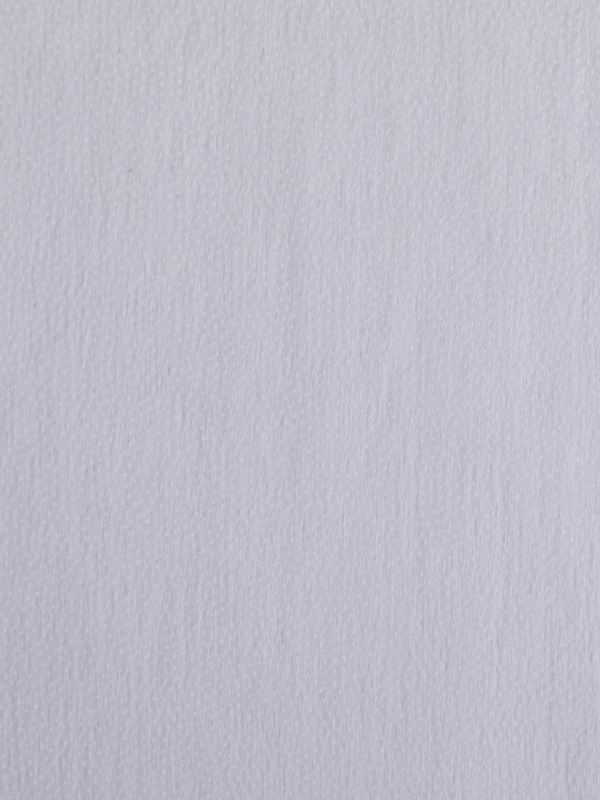With the popularity of adhesive interlining, how to choose and use adhesive interlining has become a concern of garment technicians. The following is an introduction to the selection method, bonding method, and adhesive problem solving of adhesive interlining:
Adhesive interlining options
There are many types of adhesive interlinings, which are divided into three types: non-woven fabrics, woven fabrics, and knitted fabrics. The non-woven interlining has the advantages of being lightweight, having no wrinkle, being stable in size, and no shrinkage in washing; the woven interlining sticks firmly to the fabric, and the interlining that is not tight is softer, and the interlining that is tight is stronger. Need to choose; Knitted adhesive lining has good stickiness and no wrinkle. Because of its elasticity and drapability, it can be used for knitted fabrics, and it is also suitable for sewing soft fabrics.
When buying adhesive interlining, you should choose according to the above characteristics. The common colors of adhesive interlining are: white, light gray, medium gray, dark gray, and black. For dark fabrics in autumn and winter, choose dark-colored interlining or light-colored interlining according to the process needs; but when choosing adhesive interlining for thin fabrics in summer, you should choose adhesive interlining similar to the color of the fabric.
Performance of high-quality adhesive lining:
1. It can be firmly bonded to the fabric. After bonding, it feels soft, stiff, and resilient. After bonding, the surface of the fabric can recover quickly from wrinkles.
2. Lower bonding temperature, shrinkage, and fabric coordination
3. The adhesive coating amount is uniform, the fixing amount is uniform, the adhesive has no leakage, anti-aging, and long-term storage, the adhesion performance is unchanged.
4. When cutting, the interlinings do not stick to each other, do not stick to the cutting knife,
5. Non-stick sewing needle, smooth when feeding the sewing machine.
6. Does not damage the physiology of clothing, such as breathability and heat permeability.
7. When cutting, the interlining can be stacked very thick.
8. When cutting, the cutting edge is neat and does not fall off.
9. The interlining is stable and not easy to be deformed, not loose, and easy to stack and cut; the molding can be heated and deformed.
10. The size change is coordinated with the shrinkage of the fabric to a certain extent, which can eliminate small wrinkles.
11. The non-woven lining is non-directional, the angle of the plate is free and convenient, and the waste is less.










